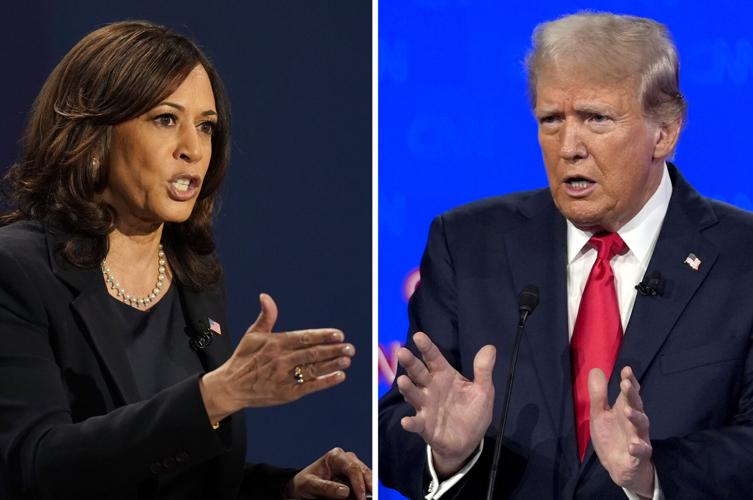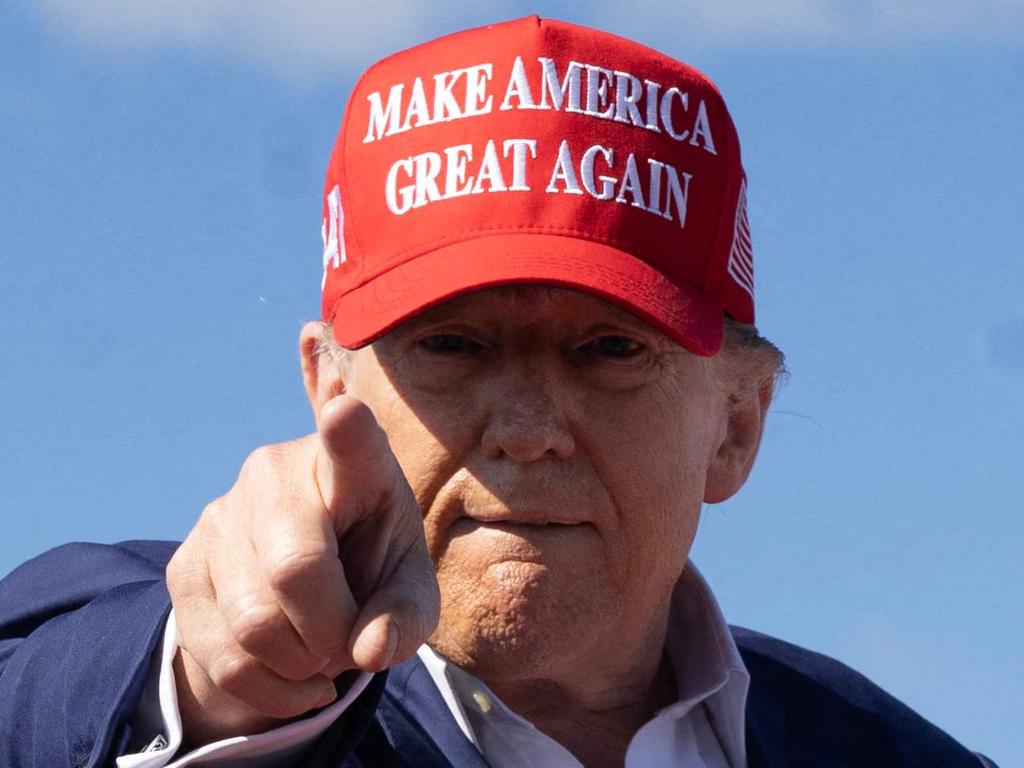Donald Trump’s recent outburst was triggered by new polling data that delivered a message he feared the most: the word most associated with him by voters is “old.” In contrast, when voters were asked to describe Vice President Kamala Harris, the word “energetic” came up. For a man who prides himself on his image and ability to command attention, being labeled as “old” cuts deep. And it wasn’t just that—Trump’s irritation deepened when he saw that, in a hypothetical race between Harris and JD Vance, Harris was projected to win by a significant margin, 57% to 39%.
`
Trump’s increasing reliance on artificial intelligence (AI) imagery to push his narrative seems to be a sign of his desperation. Not long ago, AI-generated images circulated from pro-Trump supporters, depicting fictional scenarios that stretched reality, including bizarre images of “black voters” that appeared noticeably doctored. Trump himself has jumped on the AI bandwagon, recently posting an AI-generated image that falsely claimed Kamala Harris had pledged free healthcare to undocumented immigrants. But Trump’s critics were quick to point out that he had failed to deliver on his own healthcare promises during his presidency, notably his pledge to create a healthcare plan that would be “better than Obamacare.”
Instead of following through on his promises, Trump’s presidency was characterized by delays and hollow gestures. He famously teased that his healthcare plan would be ready in “two weeks” multiple times throughout his term, yet no plan ever materialized. Similarly, Trump repeatedly failed to deliver on his infrastructure promises. As a result, critics like Harris have seized on these unfulfilled promises, positioning them as key contrasts between the two administrations. Under President Biden and Harris, real healthcare reforms have been enacted, including expansions to the Affordable Care Act and the lowering of prescription drug prices—tangible actions that benefit millions of Americans.
While Trump continues to use AI imagery to stir fear, claiming that Harris would open the borders and cause chaos, Harris and Biden have focused on policies that stabilize the economy and healthcare system. Trump’s misleading AI images and fear-mongering may appeal to his base, but they highlight a growing disconnect between his rhetoric and reality.
Trump’s response to the recent polls underscores his growing anxiety. Rather than confront the data and adjust his message, he has retreated to what he knows best—attacks and exaggerations. In recent weeks, Trump has ramped up fundraising emails filled with cult-like language, professing his love for his supporters and asking for financial contributions with increasingly desperate tones. Messages like “I will always love you” and “All hell breaks loose in 24 hours” flood inboxes, attempting to stoke fear and urgency among his base. These emails highlight the former president’s shift from policy proposals to a focus on emotional manipulation, relying on fear, loyalty, and, at times, fabricated outrage to sustain his movement.
Trump’s growing fixation on his public image, particularly his age, stands in stark contrast to the energy and momentum Harris brings to the political stage. Harris’s campaign appears to resonate with younger voters and communities of color, further contributing to Trump’s frustrations. Moreover, the polling data showing her potential to defeat JD Vance in a hypothetical race suggests that voters prefer her vision over what they see as Trump’s divisive rhetoric.
The former president’s desperation is further illustrated by his strained relationship with key allies. His attacks on prominent figures like Senator John McCain, who prevented the repeal of the Affordable Care Act, have alienated many moderate Republicans. Furthermore, Trump’s penchant for creating fictionalized narratives—such as falsely claiming he spoke to the family of Ruby Garcia, a murder victim—has led to widespread distrust. These stories, when exposed as lies, reinforce the perception that Trump is willing to exploit personal tragedies for political gain.
In the midst of this turmoil, Trump’s recent interview with Moms for Liberty, during which he made strange and uncomfortable comments about his daughter Ivanka, has only fueled concerns about his ability to focus on the critical issues facing the nation. When asked about pressing policy matters, including the rise in children identifying as transgender, Trump provided vague answers, claiming the president “can do everything” without offering any substantive solutions.
As the 2024 race approaches, Trump’s increasing reliance on AI imagery and his inability to adapt to new political realities suggest a candidate out of touch with the electorate. His fixation on polls that label him “old” and Harris “energetic” is symptomatic of a larger issue: Trump’s fading appeal among key voter demographics. As Harris continues to gain momentum and his poll numbers falter, Trump may find himself increasingly isolated, relying on AI-generated narratives and fear tactics in a desperate bid to remain relevant.
This moment in Trump’s political journey reflects a broader struggle within his campaign—a tension between an image of strength and leadership he tries to project and the growing perception of weakness and irrelevance that his critics continue to highlight. Whether Trump can pivot and regain his footing remains to be seen, but for now, the polls and public sentiment are painting a stark picture of a leader on the defensive.



